Summary
Why does the board flip?
The board flips when the bushings push one side of it back up after being pinched down. The bushings' bounce alone is not strong enough to flip the board when it's sitting stationary. But when combined with the energy of the entire board going up, even such a small force causes a flip.
How to avoid flipping the board
The key is NOT to pinch down the tail. Put your backfoot in the center of the tail and push it to your one o'clock. Doing this helps you avoid pinching down the rear truck and generate enough downward energy to hit the ground.
Simulation
Hit the icon to initiate 3d simulation.
Breakdown of the problem
Diagnostics
It flips. But in which direction? As you look closely, you can see the board flips in the kickflip direction.
You can see it more clearly by comparing it with a 3D model. The orange arrow means the kickflip direction. And the board flips in that direction.

Analysis of the cause
What's causing this problem?
You may think it's your front foot that gives a kickflip rotation to your board. But if you look at my front foot closely, you can see it entirely leaves my board by the time it reaches the state where it can give a flick.

Making sure my front foot doesn't cause a flip
To ensure that I ran an experiment with a board that doesn't have a part it needs to kickflip. Even with this board, the same problem persists.
Based on this fact, the front foot is not the direct reason the board flips.

The energy flips both treflip and 360 pop shove-it
In fact, the force that flips my 360 pop shove-it is the same one that flips my Treflip; it is the bounce of the tail and rear bushings.
As I explained before, when I scoop the tail in my Treflip, the bushings of my rear truck try to go back to their original state and bounce the board back up, causing it to flip.
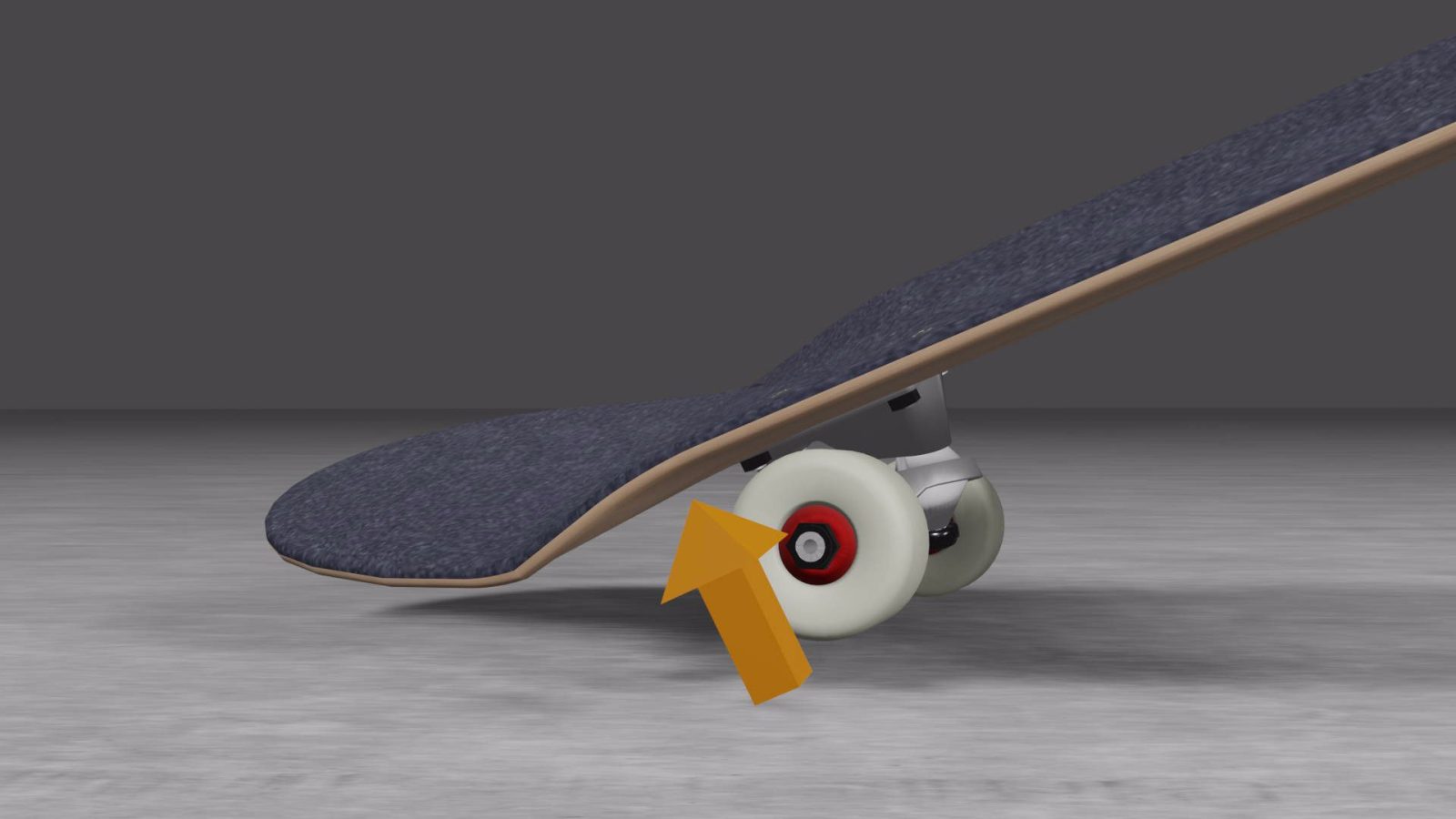
Is the bushings' bounce strong enough to cause a flip??
The last time I said this, someone told me this; The rear truck's bounce cannot be strong enough to flip the board. As evidence, your board doesn't flip when you squeeze the tail while staying still.

Science behind the flipping problem
This opinion's so true, except it misses a vital concept; the law of inertia. While the board is moving, it can flip with a smaller amount of energy due to the law of inertia.
When I pop the tail, the nose gains an upward momentum, lifting the entire board. And then, the bounce of the bushings kicks in. This force tries to lift one side of the rear truck and causes a flip when combined with the energy of the whole board going up.

Summary
In summary, the board flips when the bushings push one side of the board back up while it's moving. And we have to find a way to avoid letting this from happening in a 360 pop shove-it.

How to avoid the problem
Note before we begin
So what do we do? I'll show you how I do it. Please note this content aims to analyze and help you understand why the problem happens.
The key to this trick is in bushings and their hardness which differs among us. So please adjust the tips I present in this content for yourself.

Foot placement
Starting from the foot placement. I put my front foot in the middle of my board, close to my kickflip position.
As I mentioned, the front foot is not a direct factor that causes the flip. You may put yours where you feel comfortable.
On the other hand, the back foot's position will be crucial. I put it either in the center of the tail or slightly on the heel side.
It should feel uncomfortable at first, but there's a reason behind this. It should make sense in a minute.
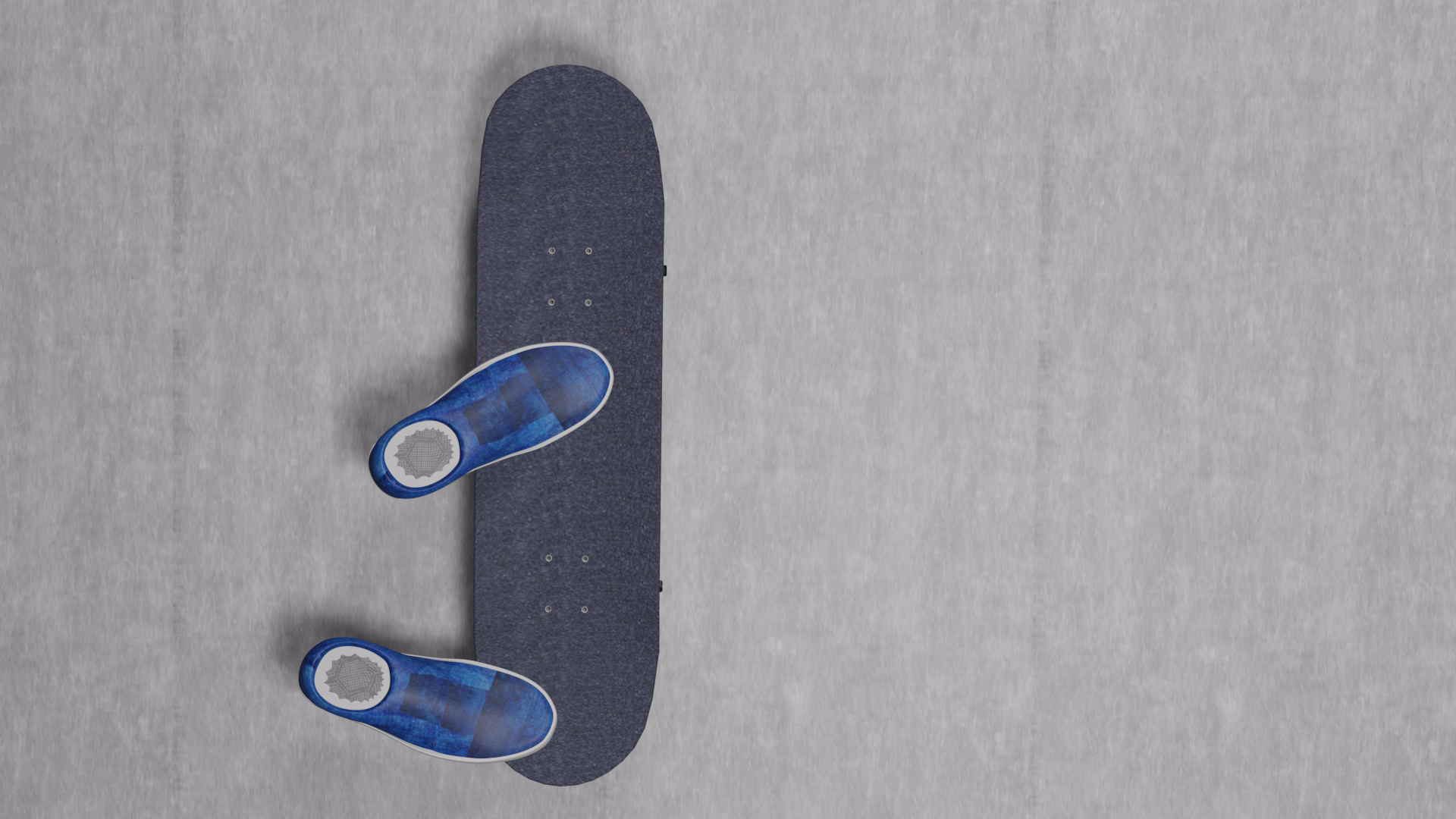
Direction of Scoop
After placing your feet, send the tail diagonally forward while extending your body. Not directly down, not to the heelside; it is the direction of your one o'clock if you are regular.
So, scientifically, why is that? Let's go back a little. I said the board flips because the bushings try to push the board back up.
To prevent this, you must avoid squeezing the rear truck and let the tail be the last part that touches the ground. You can achieve it by putting your back foot in the center of the tail and sending it to your one o'clock.
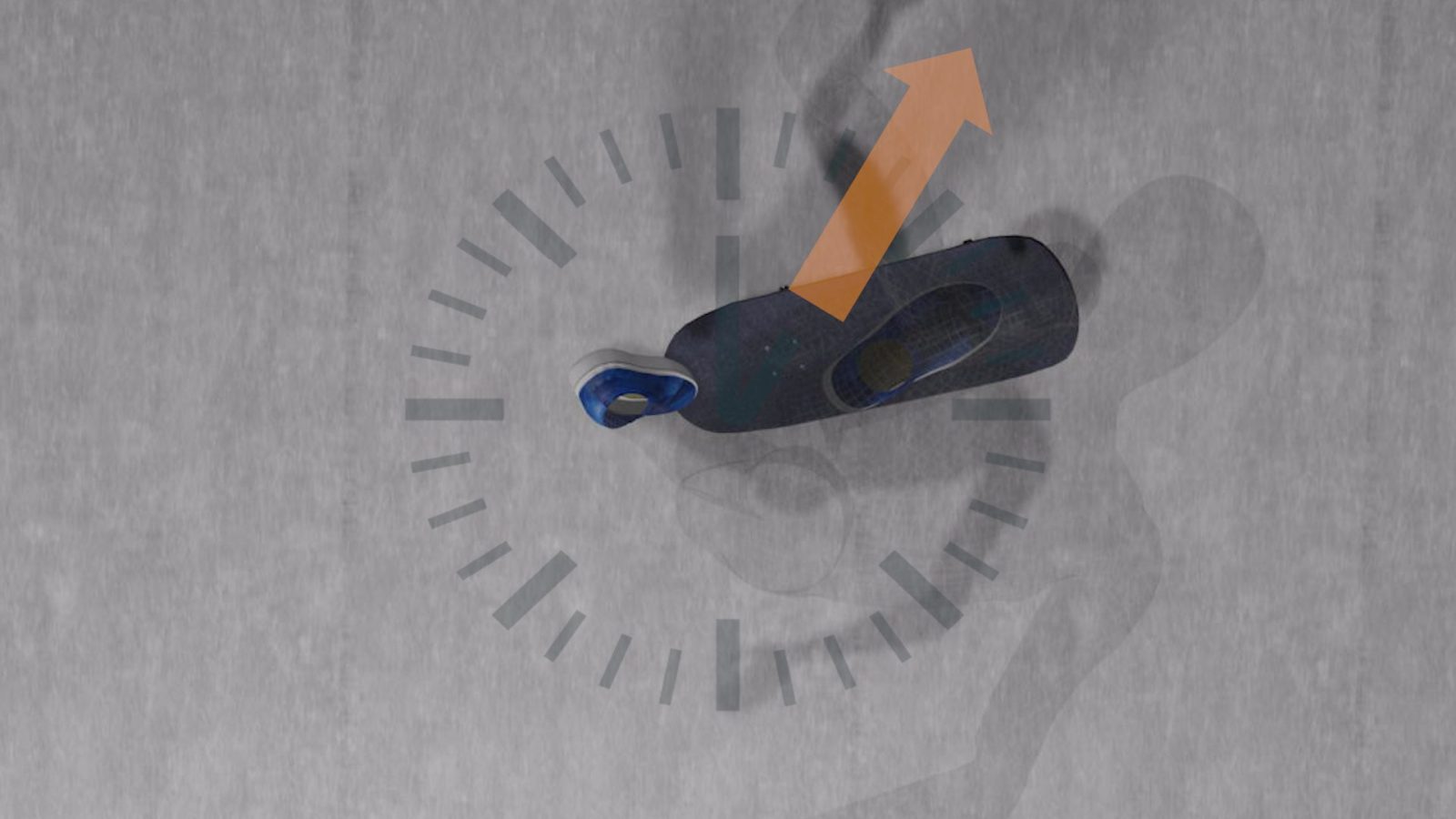
Downside of placing your backfoot in the Treflip position #1
Suppose you put your back foot with your toe hanging off and pull it toward your heelside. As your toe pushes the tail and drags it backward, you will pinch down the rear truck without even trying.
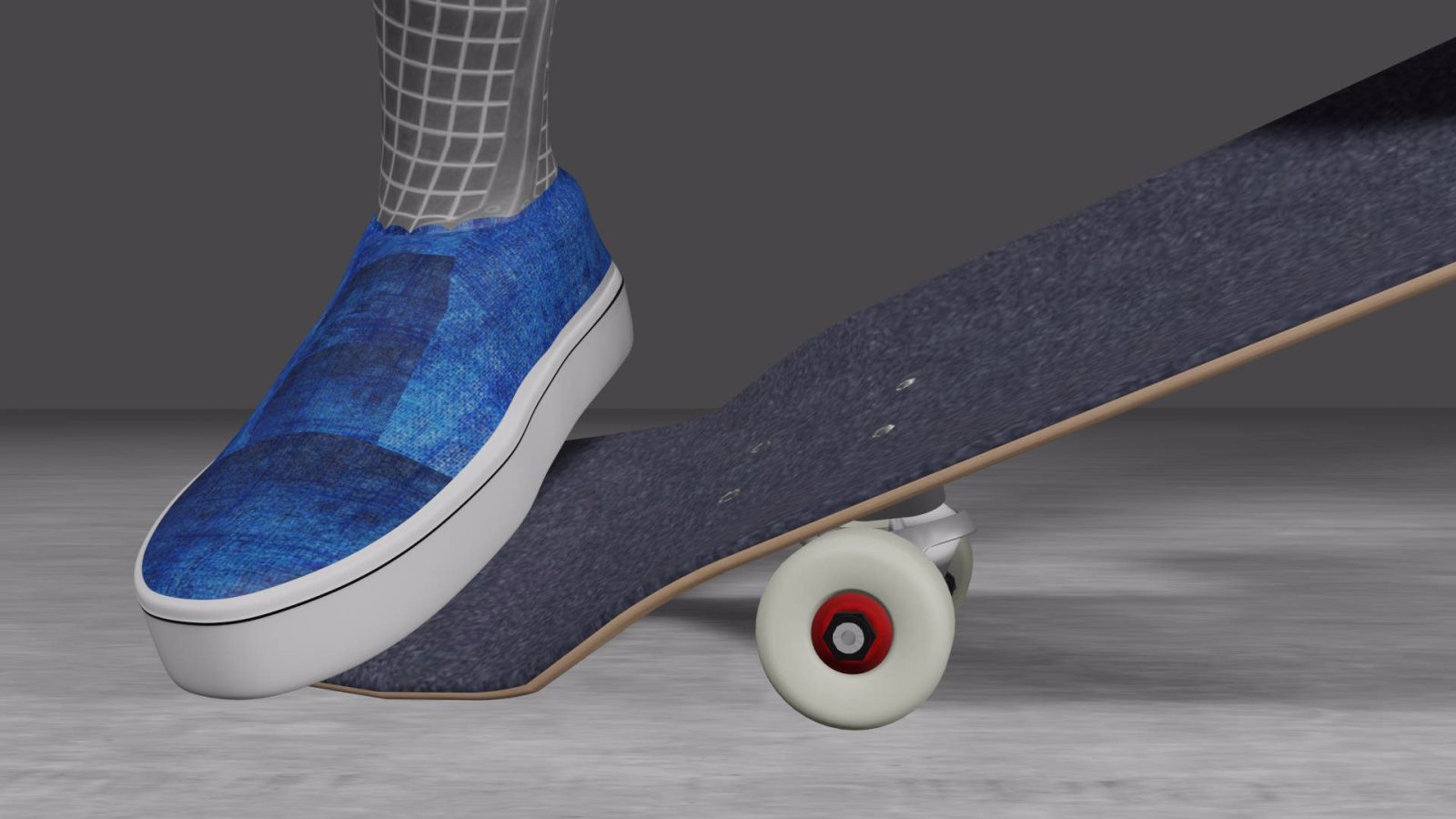
Downside of placing your backfoot in the Treflip position #2
Plus, since you'd be popping the tail farther away from your body's center of gravity, your force will become horizontal. As a result, your board won't be able to receive enough energy from the ground, making your 360 pop shove-it roll on the ground.
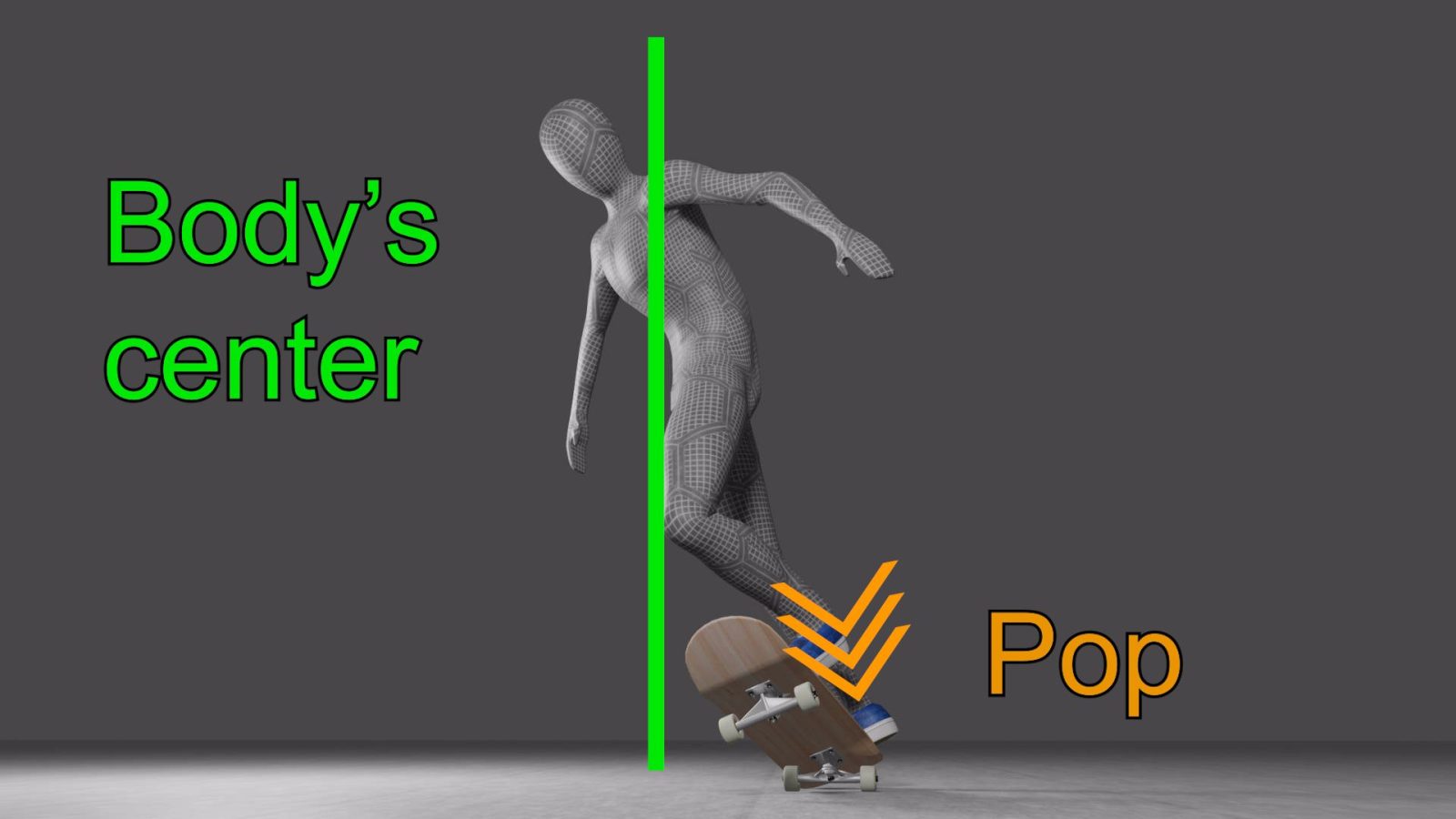
Benefit of sending the tail to one o'clock
By sending the tail to your one o'clock, it sinks down relative to the board's center of gravity. Doing this lets your board hit the ground firmly and receive enough reaction to go up into the air. Also, the tail becomes the last part that hits the ground, and the rear bushings have nothing to push.
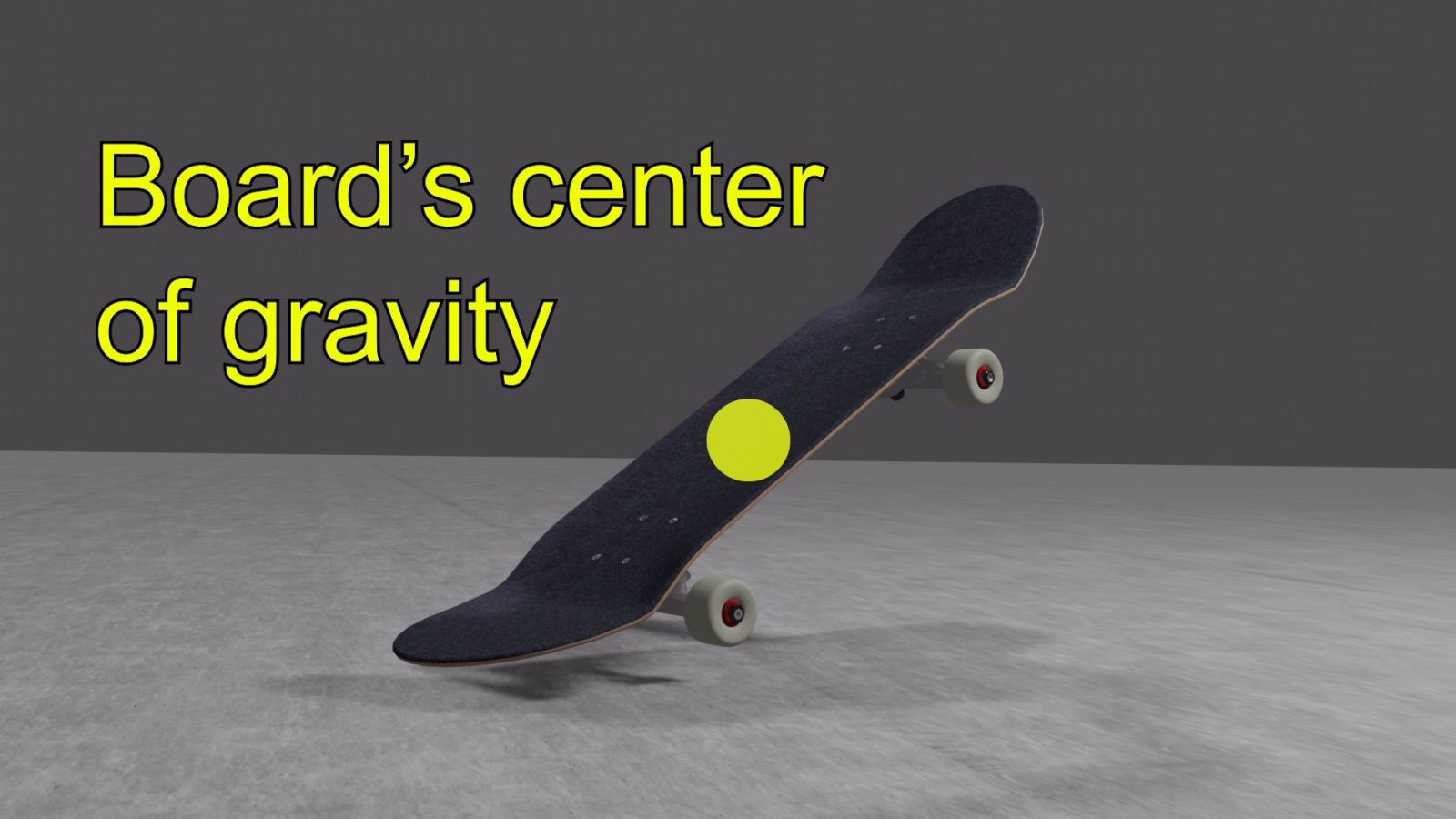
Remaining Questions
Weight distribution
As you might have realized, proper weight distribution is also crucial in this trick. With your weight directly above your board, you won't be able to send the tail to your one o'clock. I will explain it in more detail in the following content.

Intermediate axis theorem
The flipping problem may persist even after trying the tips introduced in this content. I think it's time to talk about the intermediate axis theorem.
In short, it is a phenomenon that the board stably spins in the horizontal direction and in the kickflip direction when it behaves quite unstably when it tries to rotate around the intermediate axis (or the axis of "impossible").
Let's see what it does more in detail in the next content.
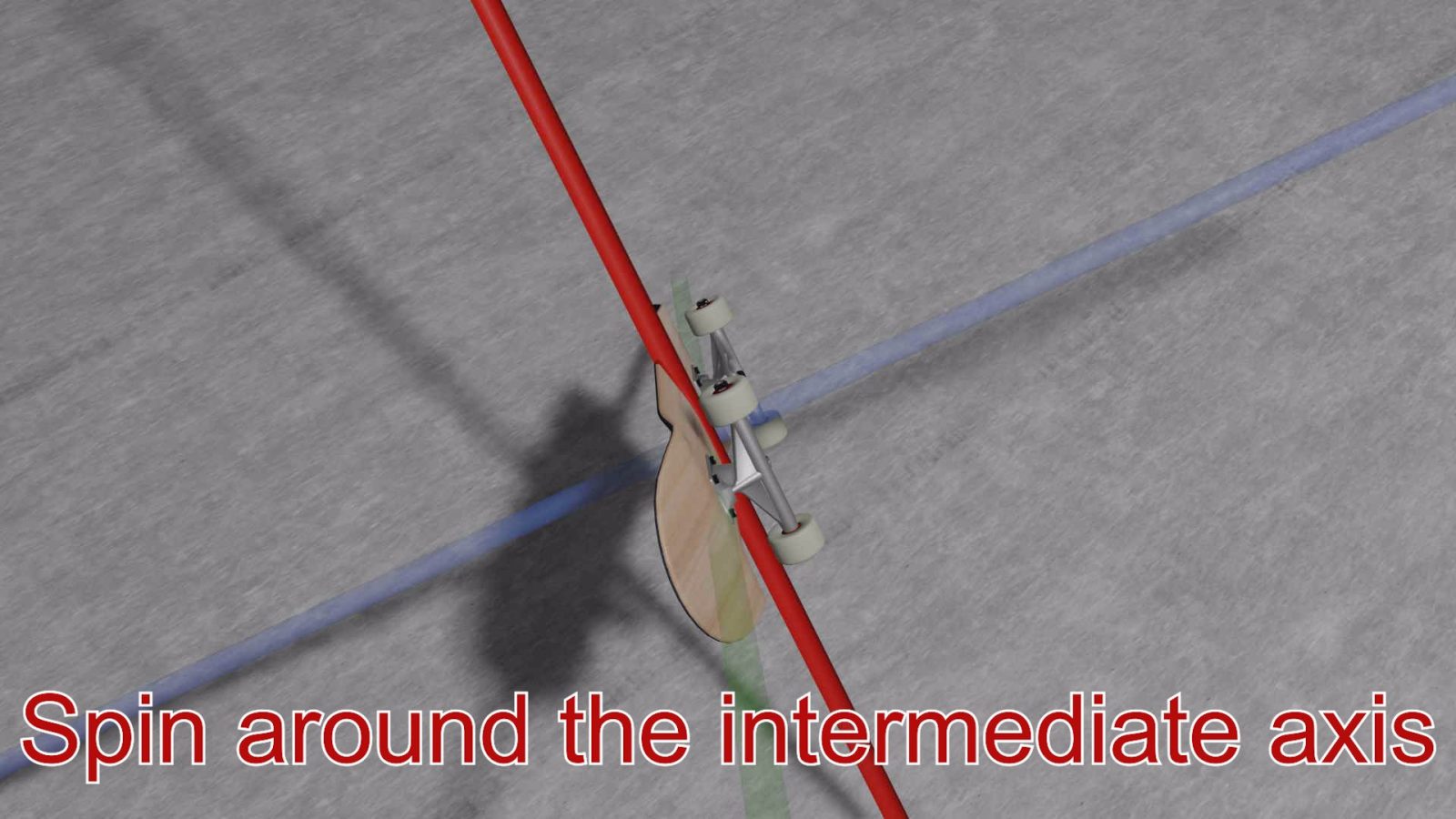
Introduction of the motion converter
Now you can make your 3D animation
Lastly, although you can browse the 3D model on this page, but why don't you try generating your 3D animation this time? I'm proud to introduce the latest version of the whythetrick AI motion-capturing system.
Upload a video, and whythetrick's AI engine automatically converts it into a 3D animation.

Latest Update
With the latest release, I've improved the estimation accuracy, added a function to display an original video in the background, and a function to share the converted result with everyone.
After converting your video, click the "Publish" button, fill out a form, and you can share your trick with the world.
As I'm still developing its accuracy, I would really appreciate it if you could send me as much data as possible to improve it further.
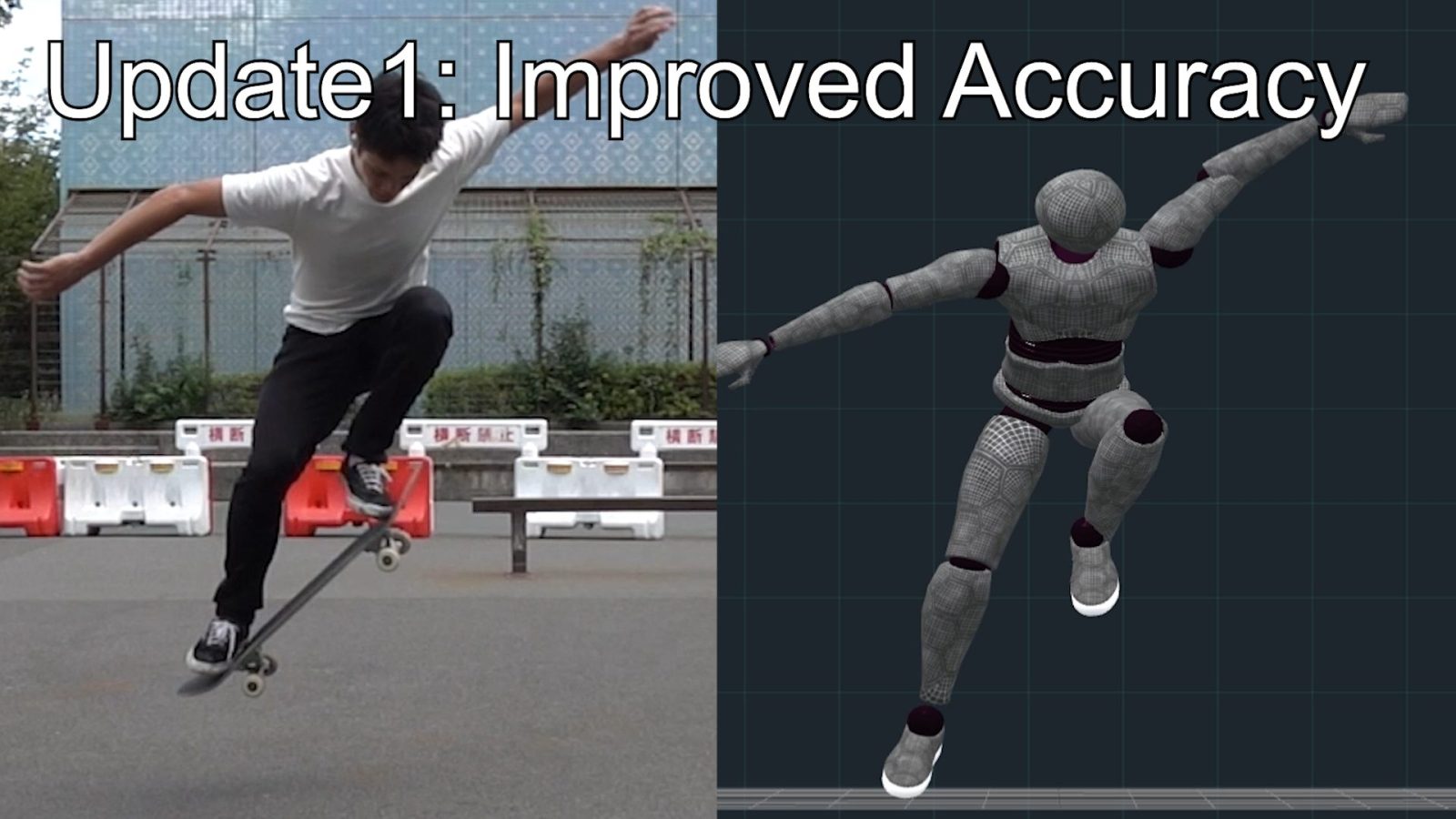
Tips when using the system
Please remember the following tips when using the system to produce better results.
- Keep your whole body visible throughout your video.
- Shoot from a horizontal angle.
- Make your individual body parts stand out by avoiding backlight and wearing clothes that don't blend in with the background color.

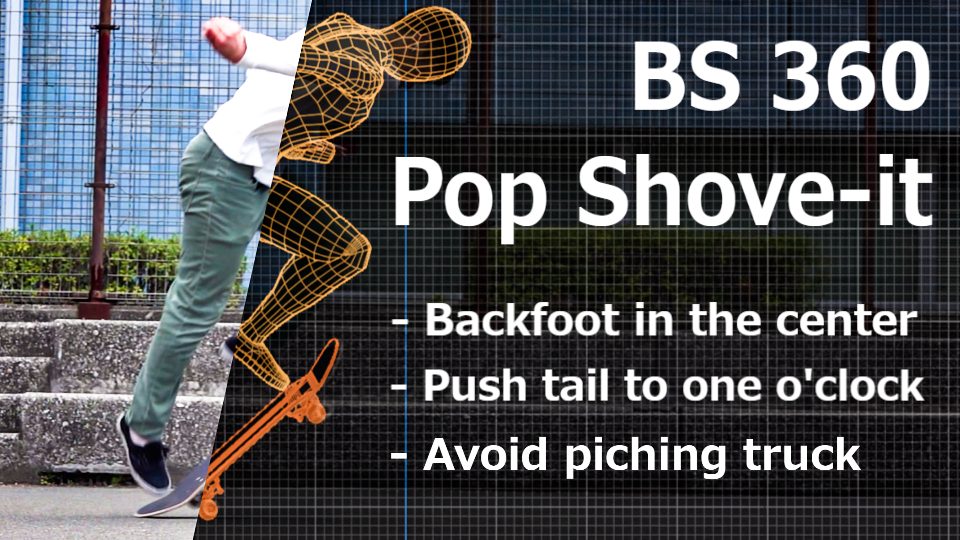

 Convert your video into 3D
Convert your video into 3D Facebook
Facebook Twitter
Twitter

